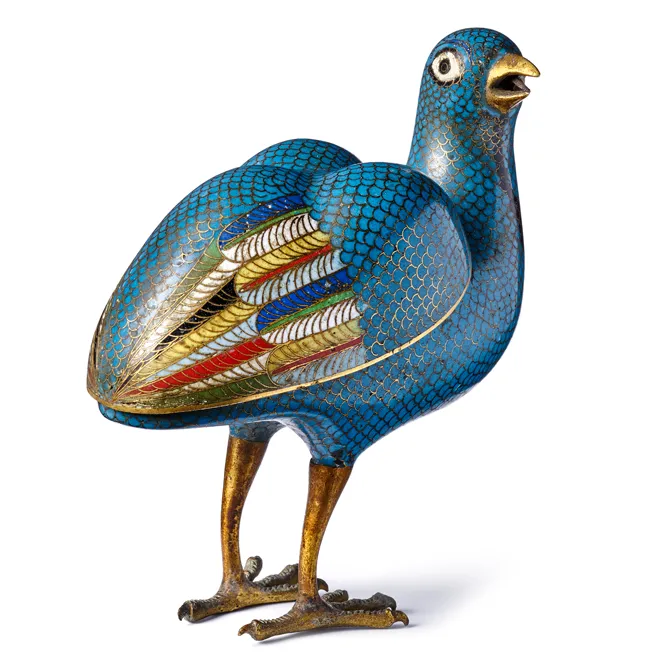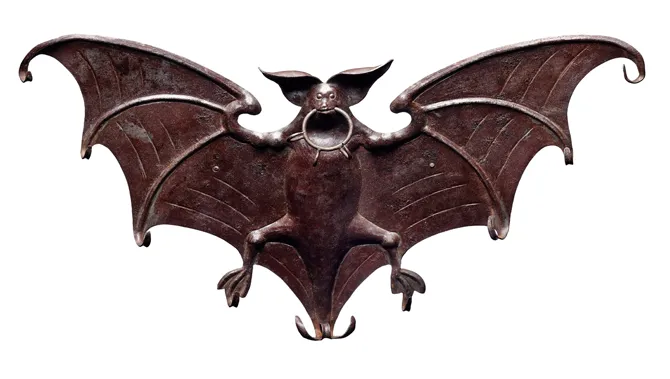Temporary Exhibition
Being(s) together
5 May 2023 - 7 January 2024
In its exhibition "Being(s) together", the MEG questions in an original way the relationship between humans and Nature. Can we communicate and understand each other among different species? To try to answer this question, the MEG presents six specific relationships that have been established between humans, plants and animals.
These surprising companionships suggest paths to follow in order to "Being(s) together", always a little more, always a little better.

Partridge chukar, Alectoris chukar
Perfume burner
China
Kangxi period, 17th century - 18th century
Bronze, brass, enamel
Acquired from Hoffmann Rosselet in 1891
MEG Inv. ETHAS K001807
Since childhood, we learn the distinction between the living and the inanimate. We are used to classifying living things according to personal, biological and cultural hierarchies. But today, we are forced to reconsider our place in the world. On the one hand, the question of our responsibility is pressing because of the transformations, domestications and predations that we have imposed on the environment and its non-human inhabitants. On the other hand, our proximity to other species is much more important than we may have believed and it is not limited to the biological aspects of existence.

Bat, Rhinolophus ferrumequinum
Badge of the "Club des Boueux"
Switzerland, Geneva
First half of the 20th century
Iron
Georges Amoudruz Collection acquired in 1976
MEG Inv. ETHEU 106633
Traditional cultures, including European ones, have always given great importance to the interactions between humans, animals and plants. By affinity, passion, profession or desire for knowledge, humans try to translate Nature's signals in the hope of making them more understandable. This is why communication between species holds a special place in our collective imagination.

Apache trout, Oncorhynchus apache
Statuette
United States, Arizona (?)
Hopitu-shinumu. Late 19th century - early 20th century
Red soapstone
Gift from Hélène Claparède-Spir to Eugène Pittard in 1923; deposited by E. Pittard at the MEG; gift from Jean-Jacques Pittard in 1966
MEG Inv. ETHAM 009803
The exhibition "Being(s) together" takes us first into the time of myth, where legends tell of the happiness of mutual understanding, then explores the sorrow of cruel separation, before returning to the contemporary to introduce different ways of living the relationship between species today. The exhibition then highlights six remarkable relationships that bring humans, plants and animals together in inspiring, surprising and hopeful ways. These stories show us that communicating with nature is not trivial. Whether it's a wildlife photographer and a fox, a cow and her breeder, or a truffle farmer, his dog and the truffle... These new Orpheus deserve to be known. Their actions, their methods and their intentions are made of nuances, contradictions, and sometimes shadowy areas, and they show that being together is not only possible, but that it becomes desirable!